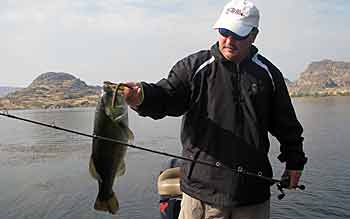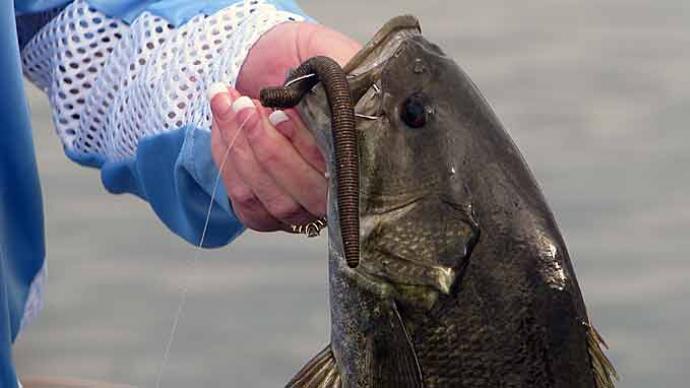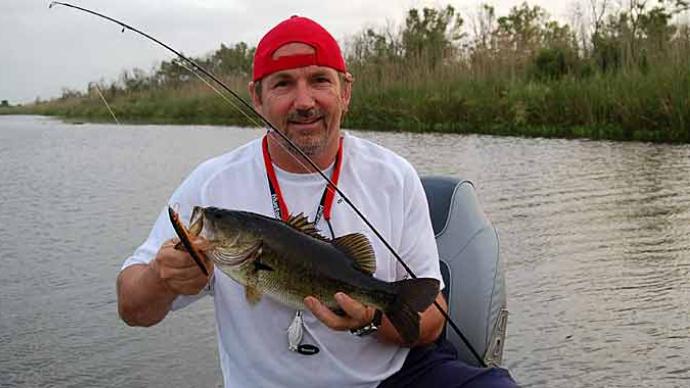
You’ve heard it before and likely more than once, ‘You can’t catch them if they ain’t there,’ or something similar. Well, duh, even a beginning angler knows that, right? So how do you go about finding them? There are many factors that determine where and when fish will be and the object of this article isn’t to shed light on all of them, only one – FORAGE.
Forage is likely the most important part of the location equation for the majority of a fish’s seasonal locations, especially when it comes to active fish. I don’t know about you, but active fish are what I’m looking for when I’m out spending the few leisure hours I have available. So, for argument’s sake, I should have titled this article ‘The importance of forage and active fish location,’ but I figured you don’t actively look for inactive fish, do you?
So what can you learn here that you don’t already know. Yea, fish stay near, or travel to their food source. Nothing new there, or is there? Yes, and no. Fish, and for this discussion I’m referring to bass, don’t always stay near their food source and they don’t always travel to where it is. Many times they wait for their food source to come to them. You may say that it’s the same as staying near that food source, so let me make the distinction for you.
The main forage on your home lake is shad. Threadfin, Gizzard, whatever. Those shad travel in schools and bass will roam with those schools feeding when the opportunity or desire presents itself. Find the shad and you’ll likely find bass. Nothing new, right? What about other forage in your home lake? Do they also roam and do the bass that aren’t following the shad target them? Doubtful and also doubtful is the fact that shad is always the main forage. This is where the presence of other types of forage and their movements can make a big difference in active fish location. Not all active fish and not all fish in a given lake, are active at any given time and not all forage is either.
There are basically two types of bass in any given lake. Those that spend the majority of their time in the summer in the shallows and those that spend it in the deeper haunts that seem to elude so many anglers. If you eliminate the percentage of both of those categories that follow the shad, you are still left with an abundance of fish that do not roam to feed. They either lay in ambush in the shallows or along the migration routes of their preferred forage. Now it’s just up to you to determine what other forage in your lake is attractive to the remainder of the fish population, or part of it and determine where those fish would likely be.
Are bluegill, or crawfish, or trout, or some other abundant food available? Which would be the likely target for those deep or shallow fish and where would those fish likely lay in wait? Fish location is subject to many different variables. Understanding as many of those as you can makes locating bass a simpler task. In learning to do so, don’t forget that the variables, though similar, can be completely different as in the case of FORAGE.



